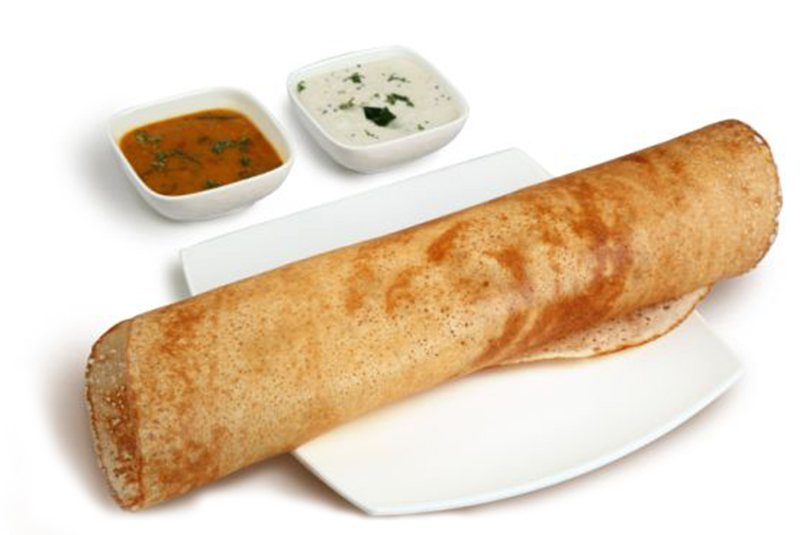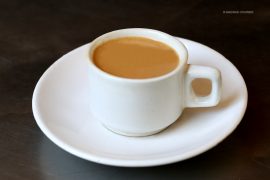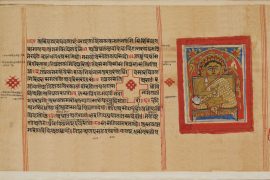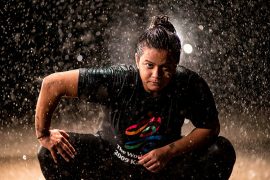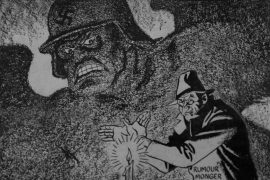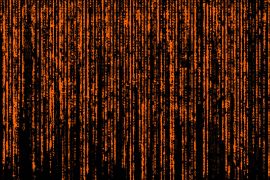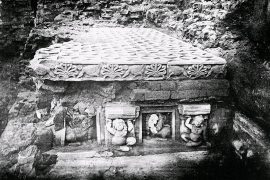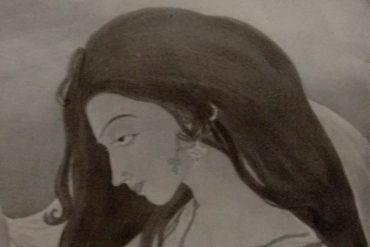When a creamy white batter, a mixture of rice and black gram, fermented overnight, is skilfully spread in circular strokes on a sizzling hot pan, it turns into a golden brown crêpe. In India, we have a name for it – Dosa.
It works a magical spell on your taste buds. Dip it into Sambar (the spicy, tangy lentil soup) or a chutney of your choice – optionally, add a spoonful of “gun powder” (powdered lentils with hot chilli powder) – and wolf it down without any guilt. It’s delicious, nutritious, and easily digestible – as it’s made of probiotic batter. For millennia, humans who have occupied the Indian sub-continent have been gleefully relishing the yummy Dosa in scrumptious ways.
We have ample evidence of this. The Canadian American food author, Colleen Taylor Sen, attributes Neolithic origins – circa 2800-1200 BCE – to the Dosa. In her book ‘Feasts and Fasts: A History of Food in India,’ she writes that scholars have formed a picture of the origins of the Dosa by reconstructing the language of the ancient inhabitants of Godavari, Krishna, and Kaveri valleys in Southern India and comparing it with tools and artefacts found in archaeological excavations.
Copyright©Madras Courier, All Rights Reserved. You may share using our article tools. Please don't cut articles from madrascourier.com and redistribute by email, post to the web, mobile phone or social media.Please send in your feed back and comments to editor@madrascourier.com

